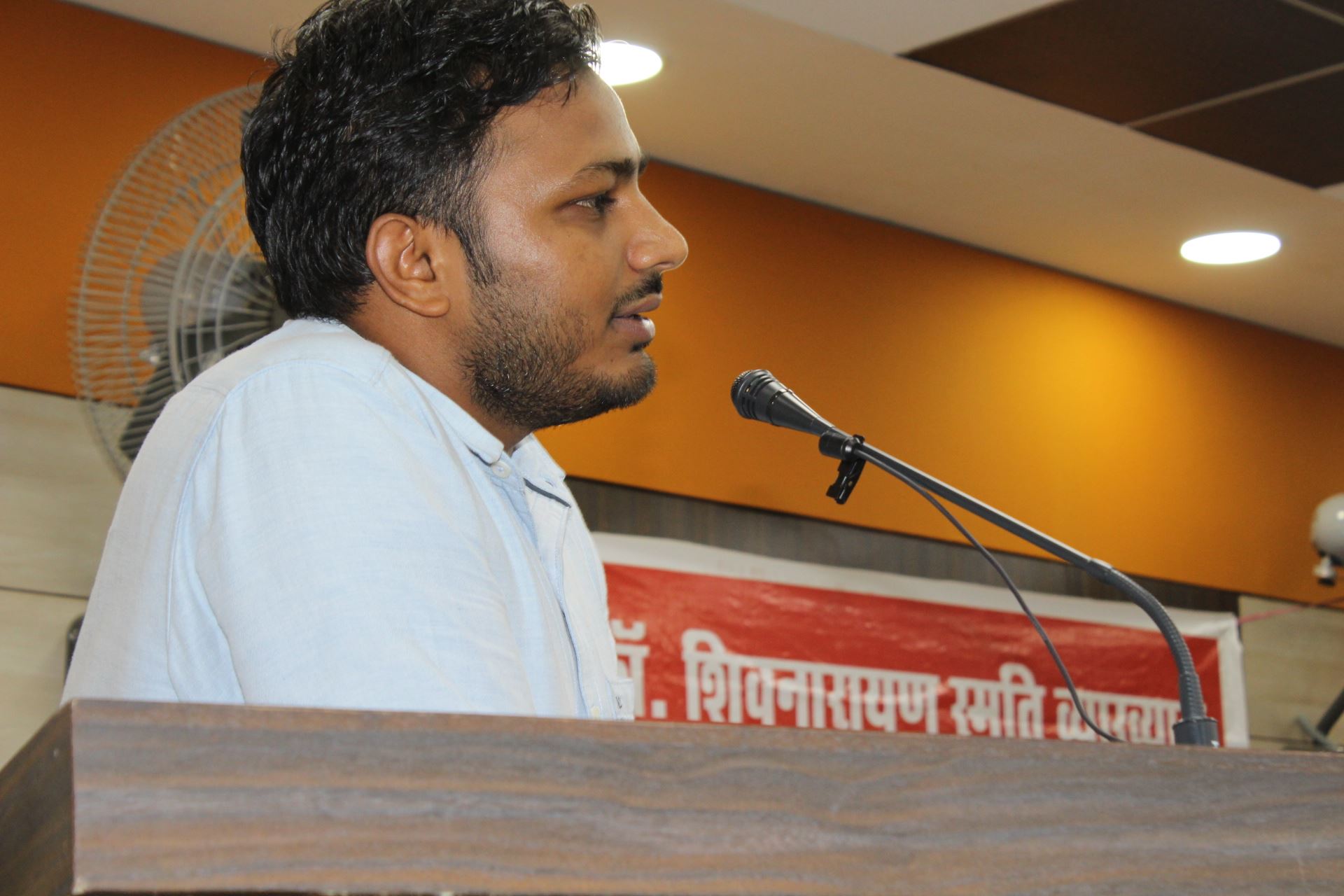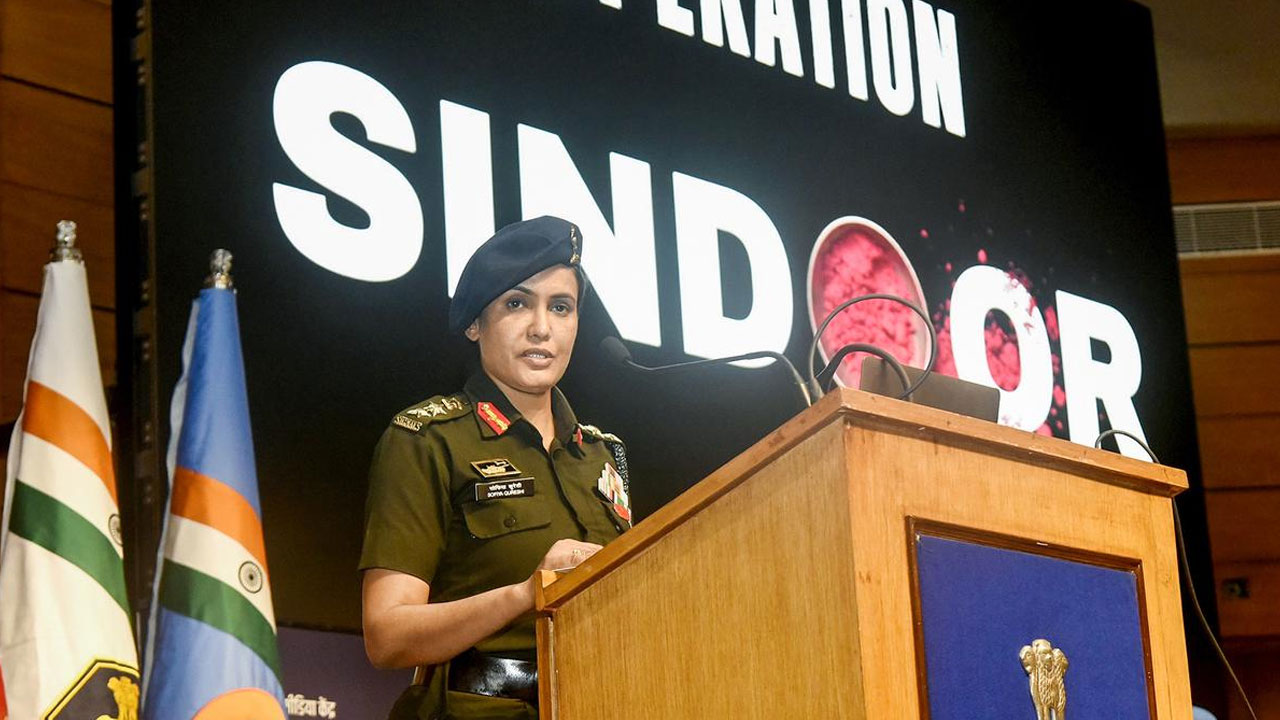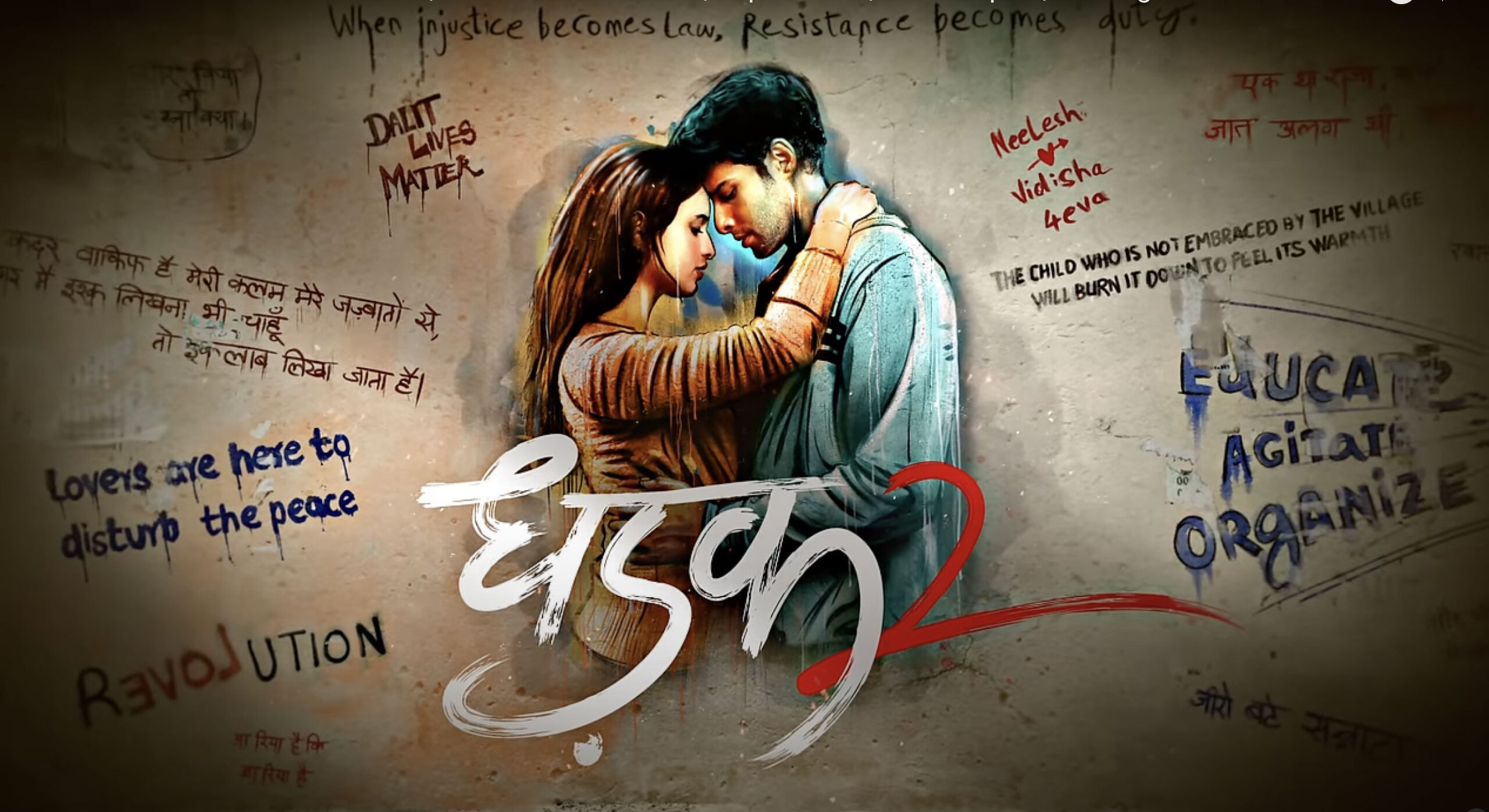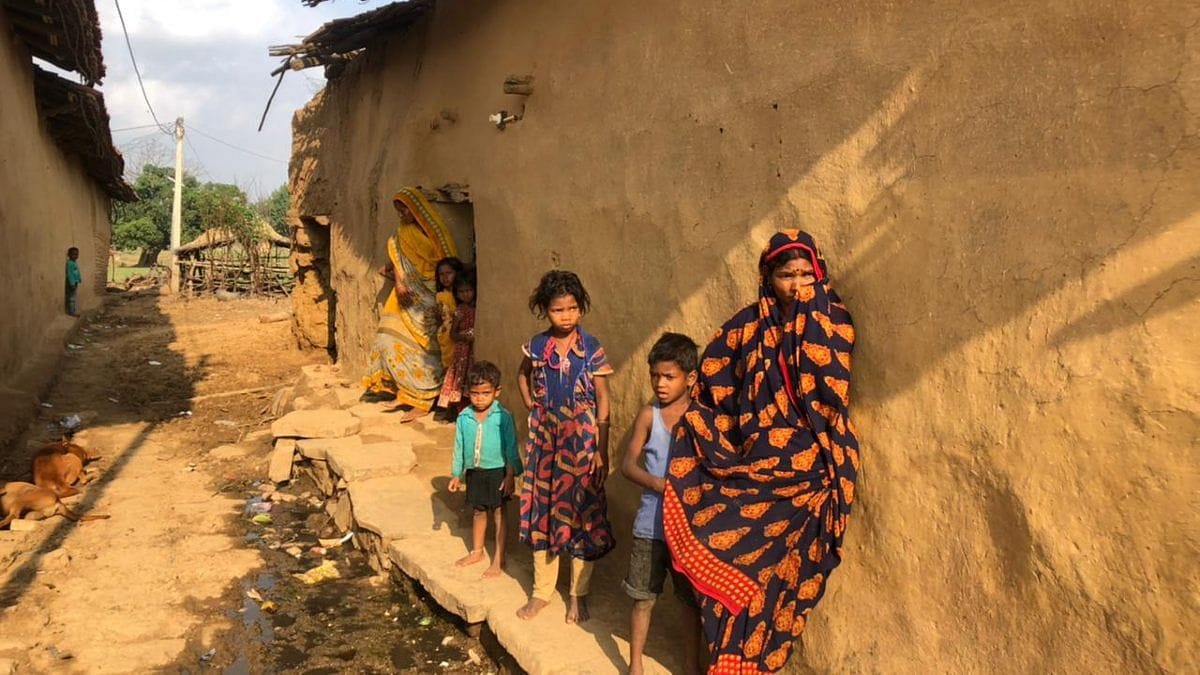In the Purvanchal region, most Dalitbahujan bury their dead on the banks of the Ganga. Those who are well-off opt for cremation but they are the exceptions. Most of those who burn their dead on the pyre are from the upper castes. Now, the district administration in Prayagraj, Uttar Pradesh, is not allowing burials on the banks of the Ganga.
The administration issued an order in June to exhume all the buried dead bodies and cremate them. A team of 10 staffers was deployed for the purpose. Also, the police were posted on the ghat to ensure that no more bodies were buried. Now, only those carrying wood with them are allowed to enter the ghat with dead bodies. Others are turned back. Many graves dug up in the recent past for burial are lying open due to the administration’s order.
Administration’s pollution concerns
According to Ganesh Kesarvani, the newly elected mayor of Prayagraj, burial of bodies on the Phaphamau Ghat is polluting the Ganga. Because protecting the river from pollution is the responsibility of the municipal corporation, he said, it has been decided to dig out the buried bodies and cremate them.
The argument is outright laughable. Nullahs and sewage water are flowing into the Ganga unhindered and the government is unable to treat the water properly. The government is also not taking any action against companies producing polythene. Instead it is trying to make the case that burial of dead bodies will pollute the Ganga.
What makes the government’s claim sound even more ludicrous is the fact that it has signed an agreement with an Adani Group company for cleaning the Ganga under the Namami Gange Project with a clause that says that the company will not be responsible for cleaning the water if the inflow exceeds the capacity of the plant.
Eyewitness account
Thousands of bodies lie buried over a large area around the Phaphamau Ghat on the Ganga in Prayagraj. Looking down from the bridge over the river, bodies appear to have been cremated recently. The bodies would have been buried over the last 6-7 months – when the floodplain became exposed following a fall in the water level in November-December. When the water level rises during the rainy season, the water carries the buried bodies with it, leaving no trace of the graves.

At present, thousands of graves dotting the ghat are visible from the bridge at Phaphamau. A similar scene was witnessed during the second wave of the Covid-19 pandemic. When the government drew flak over bodies floating in the Ganga, it had them buried. They were not cremated. At the time, the government was not concerned about polluting the Ganga.
Bablu, who weighs wood for cremation at the Phaphamau Ghat, says that people of all castes bury their dead but most of them are from the low castes. Bablu says that the price of wood is Rs 800 per quintal but the buyers bargain and bring it down to Rs 700.
Government, pandits unanimous
Pandit Kamla Prasad Mishra, who conducts last rites at Phaphamau Ghat, also agrees that burial of bodies is polluting the Ganga. He says that keeping Ganga clean and pollution free is everyone’s responsibility but the people of the lower castes don’t understand this and they bury the dead bodies. He says that earlier the Ganga had a big population of turtles, which consumed the dead bodies. But now they have disappeared, with the result that the bodies rot in water and pollute the river.
About three to four quintals of wood is needed to burn a body. This wood comes from trees and felling trees harms the environment. Moreover, burning bodies and wood also causes pollution. Additionally, the remains of the burnt bodies and ashes are dumped in the river. Does this not pollute the river? Pandit Kamla Prasad Mishra skirts this question and says that the government is building an electric crematorium at Phaphamau, which, hopefully, will become functional before the next Kumbh festival.
The government and the pandits are unanimous that burying bodies pollutes the Ganga. Who are the people polluting the Ganga? To which caste do they belong? Answering the question, Pandit Mishra emphatically responds, “They are the low-caste people. They are rogues.” Why are they burying their dead? Is it because they don’t have money or there are cultural reasons? Mishra claims, “No, they don’t have any shortage of money. These days everyone is earning. They perform Terahi, Barsi and Shuddhi (Hindu death rituals). Are they poor only when it comes to purchasing wood?”
Reduced to dust
Whenever any member of one’s immediate family, extended family or community of non-Savarna castes dies, they say, “Mitti ho gayi” (meaning the relative has been reduced to soil or dust). They also refer to a dead body as “mitti” (soil or dust). For instance, they say, “Mitti Ganga ke pahuchavai gaye rahe” (We took the body to Ganga) or “Mitti parvahai gaye rahe” (We burnt mitti) or “Mitti Dafnavai gaye rahe” (We buried the mitti) and so on. This colloquial expression indicates that the word “mitti” has been a part of the culture of the caste or communities who are close to the soil. “Mitti dena” (giving soil) is a phrase that has origins in this term, which has become a part of the brahmanical cremation system due to interaction between different communities. After cremation, the people “give soil’ to what remains of the body and then tie it in a cloth and immerse it in the Ganga.
Why choose river banks?
When asked why bodies are buried on the banks of rivers, Vishambhar Patel, editor of Hindi fortnightly Bahujankaran Patra and a social worker, says, “I can’t give the precise reason but as far as I can tell, the feudal social order and then the Zamindari system had deprived the Dalitbahujans of their land. They didn’t have an inch of land which they could call their own. But the land on the banks of rivers belongs to no one. So they found it suitable for burying their dead. It is not necessary that the river should be Ganga. People also bury their dead on the banks of rivulets which only appear during the rainy season.”
He adds, “There may be yet another reason. It is difficult to dig deep in the fields. In comparison, digging a grave is easier on the banks of rivers as the soil is mixed with sand. Also water is easily available because water is needed for the rituals that follow cremation. Water is needed to wash hands and feet and to freshen up. That is also one reason why different civilizations developed on the banks of rivers. That is why rituals and traditions related to birth, marriage and death, all are linked to rivers and lakes.”
Cultural exchange
Social interaction has also led to cultural exchange. With growing prosperity, there has been a brahmanization of peasant castes over the past century. And the counterculture born of it has destroyed the cultural consciousness of the peasant and the labour classes.
The Adivasis are still isolated in the sense that they have not mingled with other communities at social and cultural levels. That is the reason they retain their cultural moorings and bury the dead. They believe that the human body is created from and lives off the things that the soil gives, hence they return the dead to the soil as a symbol of their gratitude. In fact, this cultural consciousness is at the root of their struggle for “Jal, Jangal and Zameen” (water, forest, land).
That the Dalitbahujan still bury their dead on the banks of the Ganga or immerse them in the river when the banks go under water during the rainy season shows their attachment to their culture. But the administration forcing them to cremate the dead bodies, without providing the families concerned with an alternative, smacks of cultural fascism.
(Translated from the original Hindi by Amrish Herdenia)
Forward Press also publishes books on Bahujan issues. Forward Press Books sheds light on the widespread problems as well as the finer aspects of Bahujan (Dalit, OBC, Adivasi, Nomadic, Pasmanda) society, culture, literature and politics. Contact us for a list of FP Books’ titles and to order. Mobile: +917827427311, Email: info@forwardmagazine.in)





